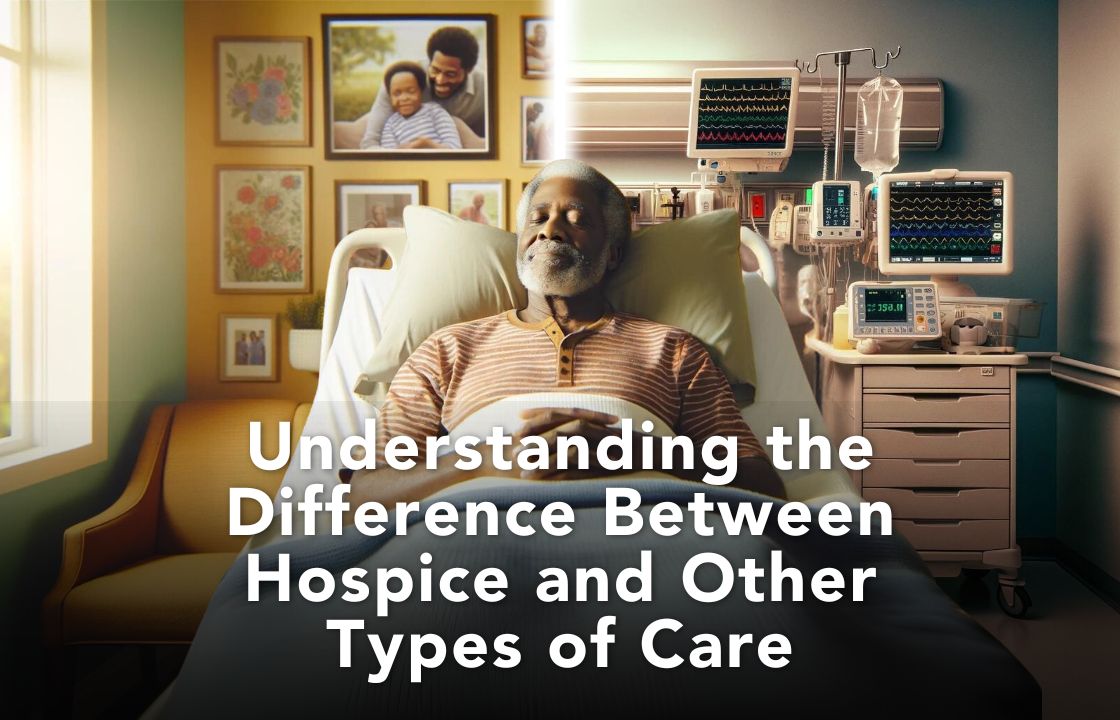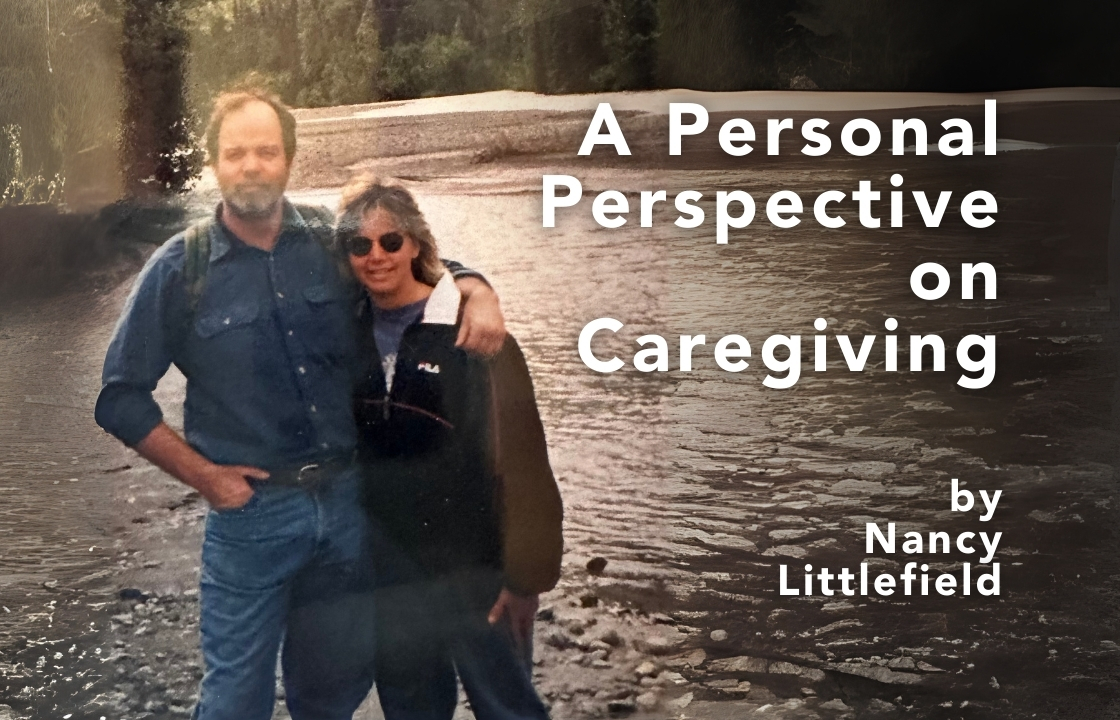Hospice care can be a complex topic to navigate for a lot of people, which means they usually have a lot of unanswered questions. One of the more common questions is how long does someone live in hospice care. There is no single answer to this question but keep reading to gain a better understanding of hospice care and how it can help you or a loved one.
How Long Do People Usually Stay in Hospice?
The topic of hospice care is usually full of misconceptions, such as that it is only for the final days of life, and that it can quicken the demise of a patient. In actuality, the purpose of hospice is simple: to provide the best quality of life possible for the patient in the time they have remaining. Whether that is for weeks or months.
Hospice care is usually recommended for those who have six months or less to live. Pinpointing how long people live under hospice care differs from patient to patient since it depends on their illness as well as their end-of-life plan. On average, however, roughly 50% of patients who enter hospice care pass within three weeks. But it is worth noting that 12–15% of people survive for six months or longer in hospice.
In some cases, it was found that hospice care can even prolong the life of patients. Research shows that patients with certain terminal diseases live longer on hospice than those without hospice. According to the researchers at the National Hospice and Palliative Care Organization (NHPCO), there are three main reasons for this:
- Patients who are in a weaker condition can avoid the risks and side effects of over-treatment in hospice.
- Hospice care provides holistic monitoring and treatment.
- The hospice model of care doesn’t just prioritize physical health, but also mental and emotional wellbeing, and support for the family and caregivers.
Understanding the Circumstances of Hospice Care
People usually spend an average of 76.1 days in hospice care, with 82% of patients passing away. However, these numbers are subject to change depending on various circumstances. For example, patients diagnosed with dementia experience an average of 110 days of care. While those with kidney disease spend around 38 days in hospice.
Another factor to consider is the stage of hospice care the patient is in.
- In-home hospice care. In-home hospice care is aimed at increasing the comfort of the patient as much as possible with pain management, emotional and spiritual support, counseling for the patient and family, assistance with daily tasks, medication management, and more.
- Continuous hospice care. Continuous hospice care is sometimes referred to as crisis care. This is applicable when the patient experiences a medical crisis that requires round-the-clock care or more intensive support.
- Inpatient hospice care. When the patient’s symptoms can no longer be managed with in-home care, it may be time for inpatient care. Inpatient care can be used to stabilize and reduce symptoms so the patient can return home. However, some patients choose to spend the rest of their hospice in an inpatient center.
- Respite care. Respite care refers to short-term stays at an inpatient facility. This allows both patients and caregivers a respite from regular in-home care.
Hospice of the Piedmont offers specialized guidance and services to those facing hospice care. To learn more, take a look at our services, or contact us online.



